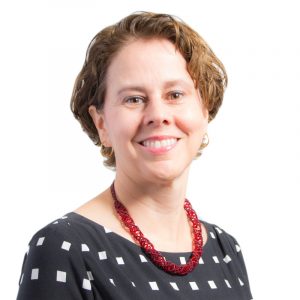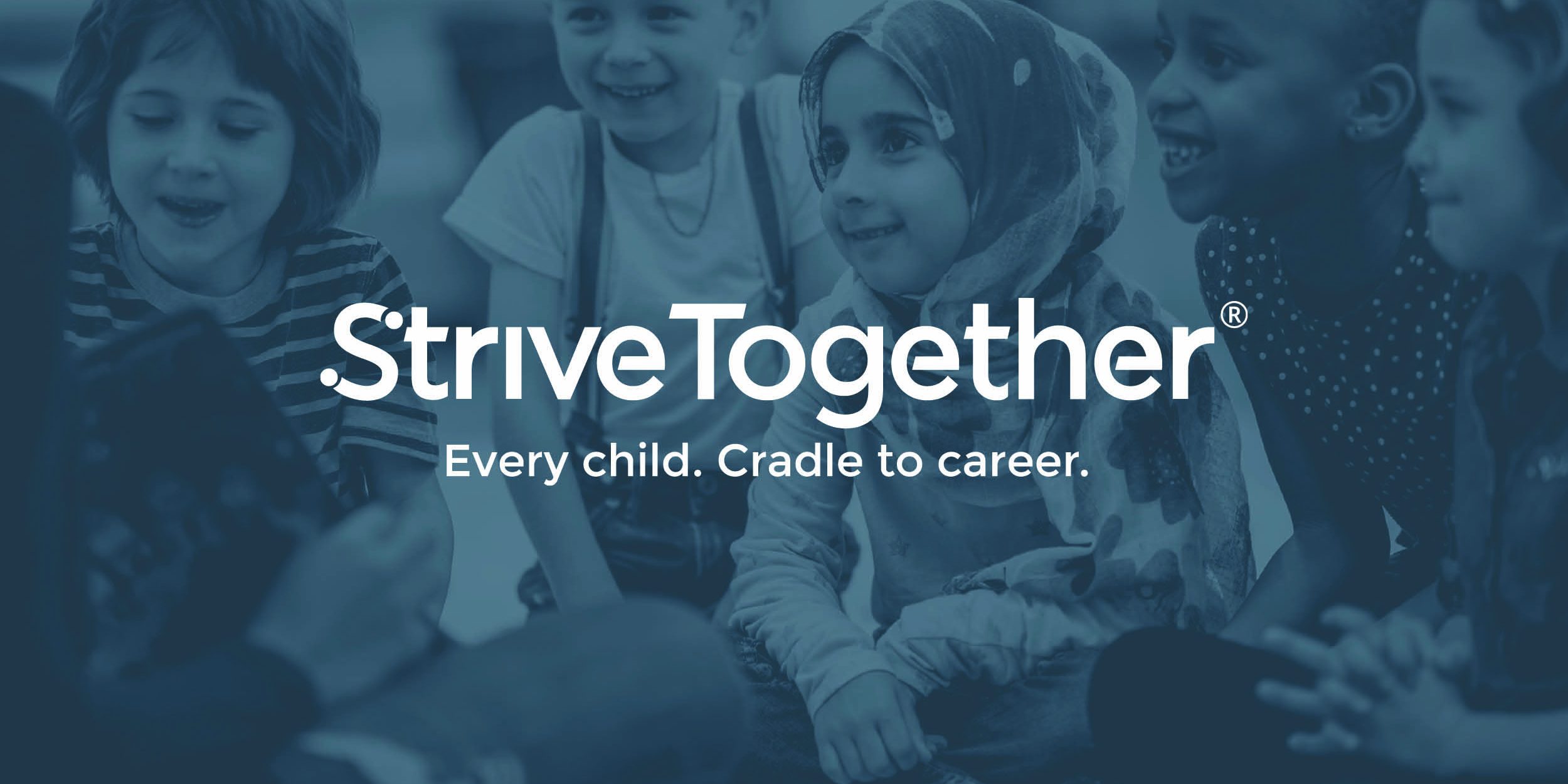 Guest post by Cecilia Muñoz, vice president for public interest technology and local initiatives at New America
Guest post by Cecilia Muñoz, vice president for public interest technology and local initiatives at New America
One of the many lessons I learned working for President Obama comes from his insistence that cynicism is one of the biggest threats our democracy faces. We believe that the system is broken so we back away, taking our hands off of the very levers that give us the capacity to make the changes that we seek.
There may be plenty of reason for cynicism in these challenging times. But there is also plenty of reason for hope, especially if you turn your head away from the dysfunction in Washington and focus on what good people are doing all over the country to address our public problems.
Those problems are grave indeed. Recent studies from Raj Chetty’s team at Harvard tell us that 70% of Americans born in the lowest income quintile will never reach the middle class, and that African American, Latinx and Indigenous children are more likely to experience downward mobility than their white peers. Too often, solutions aimed at young people focus on only one stage of a child’s education — such as early childhood, K-12 and higher education — at the expense of their broader life experience.
But there are promising signs that skillful hands and hearts are using data and other innovative tools to drive impact in small towns and big cities across the country. For example, StriveTogether, a national network committed to supporting the success of every child, offers a framework that is generating impressive impact in nearly 70 communities. In Memphis, Tennessee, a StriveTogether community partner worked with other nonprofits and a local children’s hospital to expand the Parent as Teachers program using an evidence-based curriculum to empower parents and connect families with community resources. Early results indicate that enrollment in home visiting programs has already increased by 9%. They also recently scored a policy win by making the case to city and county government to collaboratively invest $11 million to provide about 1,400 4-year-olds living in poverty access to full-day pre-K. The approved legislation also commits to expanding the program to full enrollment over the next two years, for a total investment of $40 million.
In Salt Lake City, Utah, nonprofit leaders, teachers, business owners and other community members gathered to tackle chronic absences among students at eight local elementary schools — the success has been remarkable. In one school, absence rates dropped from 16% to 2% among a group of chronically absent first-graders over a 10-month period of targeted interventions. At another school, 7% of special education students tested above reading benchmarks — a new high. This StriveTogether community is also advocating for public policy change, which has resulted in some important strides forward for early childhood funding, including the creation of the Governor’s Early Childhood Commission.
StriveTogether’s collective impact approach is already impacting the lives of 13.7 million youth across the nation — 8.6 million of whom are children of color. In the last year alone, 59% of their partnerships reported successes in three out of the six outcomes they measure for improvement, which include kindergarten readiness; early-grade reading and middle-grade math; high school graduation; postsecondary enrollment; and postsecondary completion to getting a good job that provides economic mobility.
These successful practices offer proof that we have the tools available to solve big challenges if we use them wisely and dare to measure our results. The next big challenge is to bring these changes to scale, which will take innovative new public policies. It’s not enough to increase the number of people who get to college in a single community; we need to replicate this success throughout the country. That means translating lessons learned from these localized experiences into policies to benefit children everywhere.
I say this as a policymaker — government doesn’t have to be broken. It can deliver the results it was designed to deliver. Good people with great ideas are making it happen locally, and there’s no reason that it can’t happen at a national scale. We don’t need Washington to give us the answers; our communities already have them. We should bring those ideas to our policymakers rather than the other way around. All we need to achieve collective impact are some proven strategies and the desire to make a difference in the lives of our kids.





